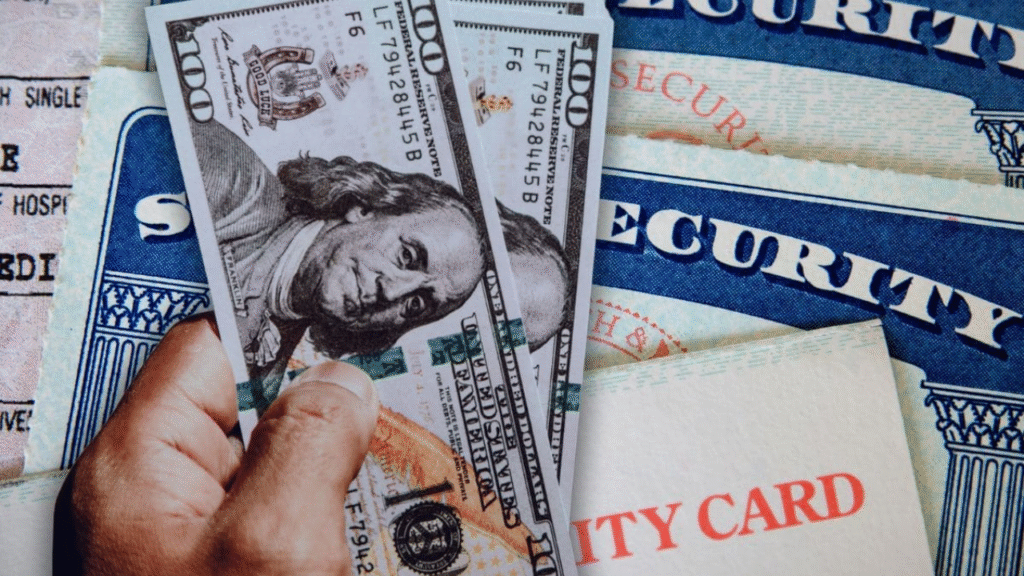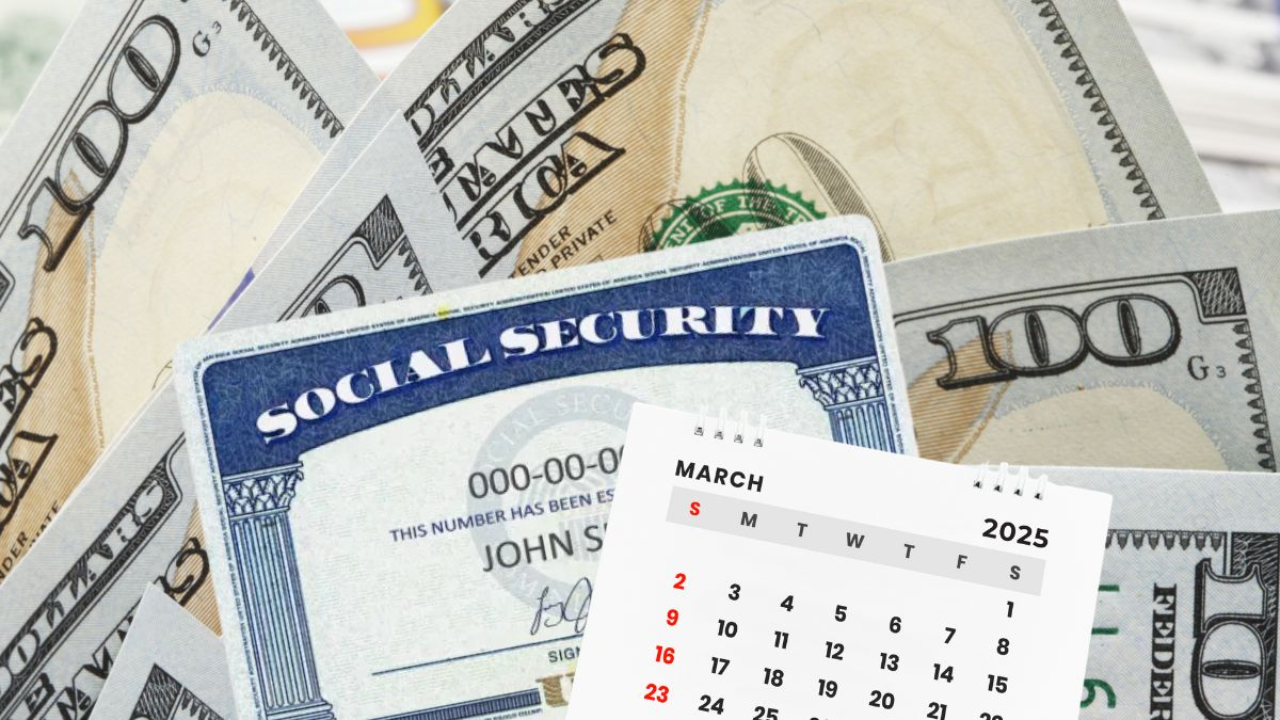The Social Security Administration (SSA) is set to make a significant change that will impact millions of beneficiaries. By September 30, 2025, all Social Security payments will transition to direct deposit as the primary method for disbursing funds.
This decision, driven by the Trump administration’s broader efforts to modernize and reform the Social Security system, aims to reduce costs, improve security, and make payments faster and more efficiently for all recipients.
But with this change comes a need for beneficiaries to understand the new system and what steps they need to take to ensure a smooth transition. Here’s what you need to know.
The Move Towards Direct Deposit
One of the main reasons for this shift is to streamline operations and reduce the costs associated with paper checks. Over the years, the Social Security system has relied heavily on mailing out checks to beneficiaries, a process that incurs significant administrative expenses.
By moving to direct deposit, the SSA is embracing a more modern, cost-effective system. This change is also in line with broader digitalization trends in government services, which seek to reduce the reliance on physical transactions and paperwork.
Direct deposit promises to bring several benefits, especially for beneficiaries. Most importantly, it will ensure that payments are delivered faster and more securely.
No more waiting for checks to arrive in the mail or worrying about delivery delays. Instead, beneficiaries will have quick and reliable access to their funds through their bank accounts.
With direct deposit, payments will be automatically transferred to the recipient’s chosen bank account on the scheduled payment date, reducing the possibility of missed or delayed payments.
Benefits of the Transition
While this transition to digital payments offers several benefits, it’s essential to recognize that it also addresses some significant security concerns. For years, there has been a risk of paper checks getting lost or stolen during the delivery process.
This has been a particular concern for elderly beneficiaries or those living in remote areas, where mail services may be unreliable. By eliminating paper checks, the SSA hopes to reduce the risk of lost payments and the potential for fraud.
Direct deposit also improves the overall efficiency of the system. It will reduce the workload for SSA staff, who will no longer need to print, prepare, and mail checks each month.
This reduction in administrative costs can lead to more resources being directed toward other essential areas of the Social Security program.
The money saved by eliminating paper checks can be reinvested in improving services and ensuring that the system remains sustainable for future generations.
Another benefit of direct deposit is the ease with which beneficiaries can access their funds. Instead of having to go to the bank or wait for checks to clear, recipients will be able to access their money quickly through electronic transfers.
For many people, this will reduce the need to take time off work or make special trips to the bank, improving their overall quality of life.
Challenges and Concerns for Beneficiaries

However, not everyone is prepared for this change. A primary concern for some beneficiaries is the lack of access to a bank account. While direct deposit is the most efficient and secure method of payment, it relies on beneficiaries having access to a bank account to receive their funds.
This can pose a problem for some individuals, particularly seniors or low-income recipients who may not have a traditional bank account or may prefer not to use one.
For those without a bank account, the SSA has yet to provide clear guidance on how they will continue to receive their payments.
There may be other options, such as prepaid debit cards, but beneficiaries will need to be proactive in ensuring they have a method to receive payments.
It’s crucial that individuals in this situation reach out to the SSA or local financial institutions to discuss their options and avoid any disruptions in their payments. The SSA is expected to offer further details in the coming months to help individuals without bank accounts transition smoothly.
Steps to Ensure a Smooth Transition
The deadline for the change to direct deposit is fast approaching, and it’s essential for beneficiaries to take action now to ensure they are prepared.
Here are some steps you can take to ensure you continue to receive your payments without interruption:
- Set Up Direct Deposit: If you haven’t already done so, the first step is to contact your bank or financial institution to set up direct deposit. This can often be done online or over the phone. Make sure to have your bank account number and routing number handy, as you will need this information to complete the setup.
- Contact the SSA: The SSA is expected to provide detailed guidance on how to set up direct deposit and what alternatives are available for those without bank accounts. If you’re unsure about the process, reach out to the SSA for assistance.
- Update Your Information: If you have a bank account that you no longer use or wish to receive payments in a different account, make sure to update your payment details with the SSA. Keeping your information up-to-date is crucial for avoiding delays or issues with your payments.
- Consider Prepaid Debit Cards: For individuals who don’t have a traditional bank account, prepaid debit cards may be an option for receiving Social Security payments. These cards work similarly to a bank account and can be used to access funds and make purchases.
- Stay Informed: As the deadline for the transition approaches, it’s important to stay informed about any updates or changes. Keep an eye on communications from the SSA, and be proactive in seeking out information on how to ensure you continue to receive your payments on time.
The Future of Social Security Payments
The shift to digital payments is part of a broader effort to modernize the Social Security system and ensure that it can meet the needs of future generations.
While the transition to direct deposit may seem like a big change, it will ultimately make the system more efficient and secure, benefiting both beneficiaries and the SSA itself.
For beneficiaries, this change means faster, more reliable access to their funds, less reliance on paper checks, and a reduction in the risk of lost or stolen payments.
It’s an important step forward for the Social Security system and a reflection of the growing trend towards digitalization in government services.
While the transition may present challenges for some individuals, it’s important to remember that the SSA is committed to ensuring no one is left behind.
With proper planning and communication, beneficiaries can navigate this change smoothly and continue to receive their payments without disruption.



